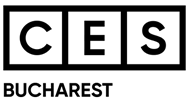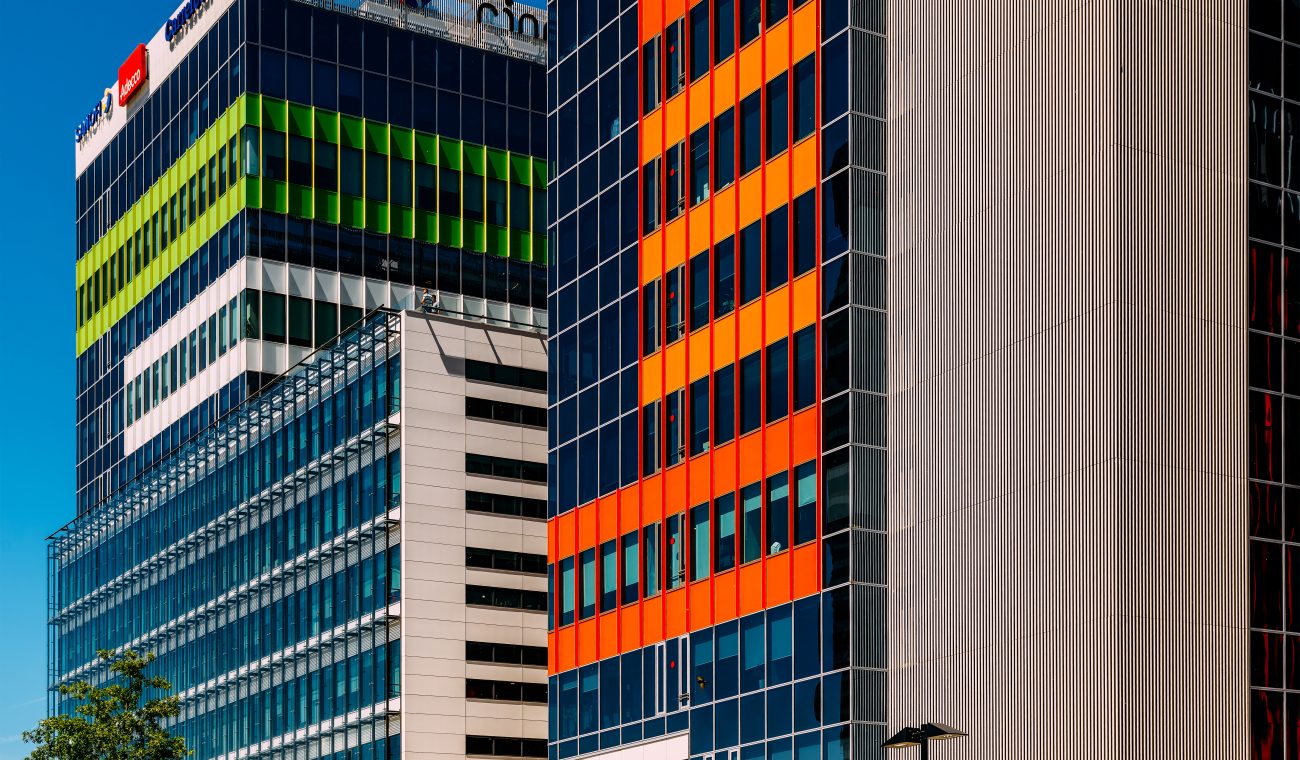What`s Next in the Romanian Economy? IT, Retail & Banking in Focus in 2023
Romania’s economy continues to show resilience in a difficult global context. Thus, in Q2 of the current year, according to data published by Eurostat, Romania reported the second best annual growth rate in the EU, after Ireland, recording an advance of 2.7%.
Given the ongoing geopolitical and macroeconomic challenges, the outlook for some sectors shows signs of improvement, while for areas vulnerable to budgetary and trade conditions, as well as for those targeted by the new fiscal measures packages, the market feels imbalances, higher costs and the fear of recession, according to a sector analysis made by EY Romania.
The IT industry, the main engine of the Romanian economy
In the context of the growing demand of companies for digitization, the IT sector has become one of the main pillars in the Romanian economy, both for the private sector and for the government sector.
Moreover, in the climate of global geopolitical uncertainty, as well as the situation generated by the war in Ukraine, but also by the conflict in the Gaza Strip, Romanian companies seek to protect their data by accessing cyber security services.
Also, companies focus on integrating AI functions as quickly as possible in order to differentiate themselves from competitors in the market and gain a technological advantage. Thus, the share of gross added value of the IT&C sector in GDP, in Romania, had an upward trend, registering a value of 8.2% in Q1 2023, significantly above the EURO zone average of 4.8%, according to Eurostat data. This indicates that Romania could make the IT&C sector the main engine of its economy, mainly under the conditions of the increasing impact of technology in the current period. Also, the number of employees in the IT services sector has registered an accelerated growth rate in the last seven years, the rate being more than 8,000 people per year.
The retail market is excelling: Figures are surpassing pre-pandemic levels
The sales and traffic recorded in the first half of 2023 are higher than in the similar period of 2019, considered the best year for retail in Romania, according to the study “Turnover Retail 2023” carried out by CBRE. Thus, shopping centers and retail parks across the country have proven their resilience in the face of restrictive health and safety regulations and have begun the recovery process, recording steady annual growth over the past two years.
The fashion, food & beverages and leisure sectors were at the forefront with impressive year-on-year increases of 33%, 26% and 23% respectively. These figures indicate not only a recovery, but above all a return of consumer confidence and appetite. The outlook portends a dynamic sector, with growth rates between 28% and 50% compared to pre-pandemic levels.
Record profit in the banking sector
The increase in banks’ incomes, together with the jump in interest rates and the continuation of lending, helped the banking system to achieve in the first semester of 2023 a record net profit of 6.9 billion lei, an increase of over 40% compared to the profit reported in the first semester of 2022 And the banks’ assets rose to a peak of almost 738 billion lei, as it appears from the preliminary data of the BNR.
The data published by the BNR confirm that the banking sector in Romania is solid and can face the challenges of the coming quarters, including the perspective of the deterioration of the climate in the international financial markets, the possibility of an increase in the rate of non-performing loans and the risk of the incidence of new shocks.
Analyzing the evolution of banks’ earnings during the first semester of this year, we see that in Q1 2023 the profit was 3.4 billion lei, and by the middle of the year the banks managed to double their earnings. If the pace from the first half of the year is maintained, the high interest rates and the revival of lending can lead the banks’ profit to a new record at the end of 2023, of around 14 billion lei, after the maximum of over 10 billion lei in 2022.







